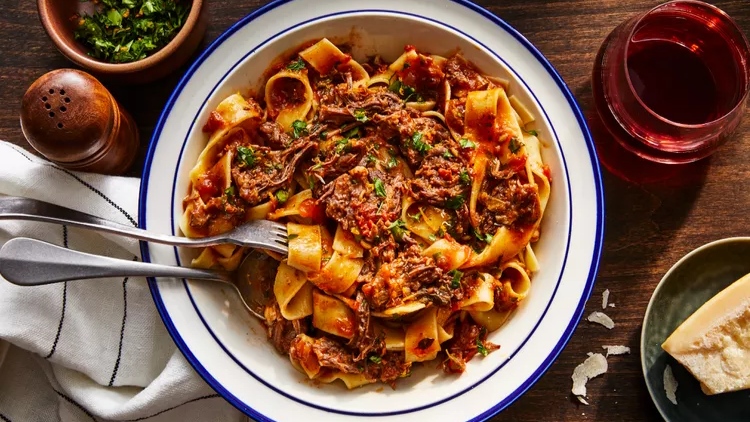The nine-night festival season begins on Sunday, October 15 this year and ends on October 24. These nights and ten days are dedicated to the nine forms (avatars) of goddess Durga and celebrates the victory of good over evil.
Although Navratri revolves around a single belief that Goddess Durga kills the demon Mahishasura, it is celebrated differently across the country. There are many different approaches to finding blessings, prayers, festive foods, fasting and more. Satvik Diet Fasting is considered an important part of preparations for Navratri and devotees avoid eating non-vegetarian food in many parts of India.
Many households abstain from eating onions and garlic and follow a satvik diet. The food is simple with very little masala and considerable importance of forgotten grains such as buckwheat, finger millet and water chestnut flour. Sabudana (tapioca pearls) feature prominently in Navratri festivals and are prepared into khichdi, or fritters (vada). It becomes a joy this time of year! Potatoes, acacia, lotus seeds, raw papaya, raw bananas and seasonal fruits are used in the most beautiful way. Meanwhile, Bengalis observe Durga Pooja as a time to eat out. There are virtually no restrictions on what they eat, and community meals are an important part of their celebrations. Khichdi, Baigun Bhaja (fried brinjal), tomato and date chutney, Lucchi and many other dishes also grace their feast.
Sweets as a gift and celebration Sweets are prepared as offerings or simply as part of Navaratri celebrations, all over India. Halwa made from gourds (lauki), potatoes, semolina or sweets like Kalakand, Payasam, Laddoos adorn every home’s kitchen. In southern Kerala, Goddess Saraswathy is worshiped on the 7th and 8th day and Sundal, an offering made of black beans tempered with coconut and mustard seeds, is served with tea.
Different avatars of rice In the North, rice is replaced with different grains, while in the South people prepare lemon rice, coconut rice, tamarind rice and tomato rice. Navadhaniyangal (nine grains) was used skillfully during this period.
